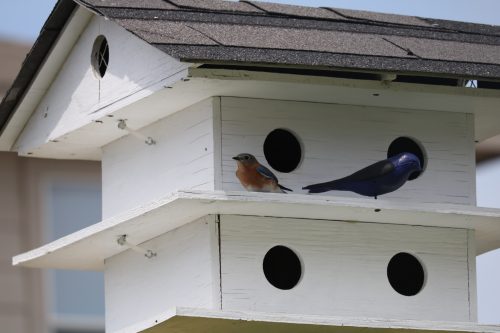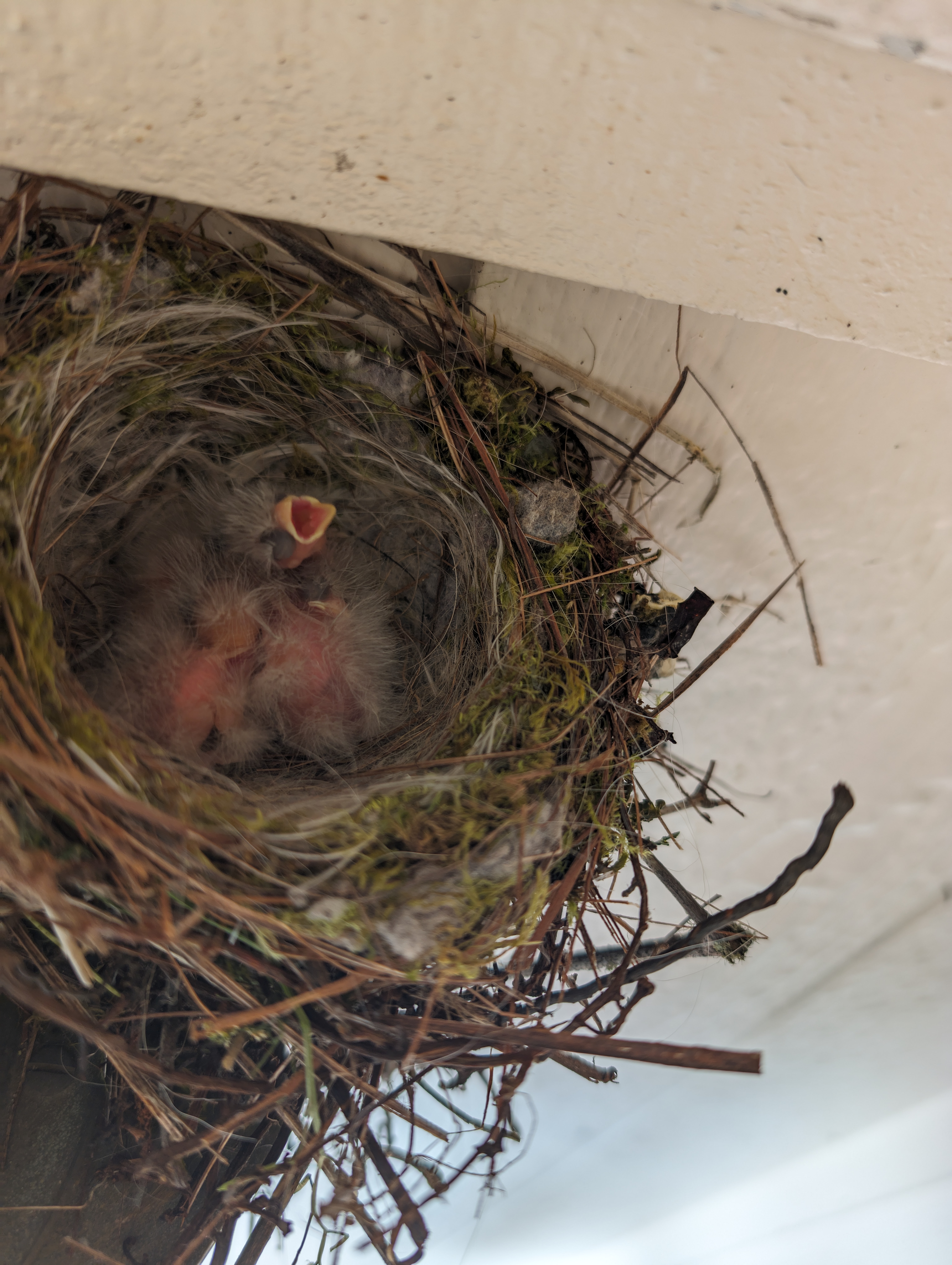Participant Photos
upload and share photos
Photo Submission
Submitted By
Suzanne Giliotti
Temple, TX, USA
Description
3 weeks ago I discovered a pair of Eastern bluebirds had started nesting in our Martin house. This house was built by my husband and erected in mid summer last year. Several Martin scouts have visited it, but never stayed for more than a few days. This pair of Blue birds are the only tenants thus far. They are beautiful.







Very interesting that they were not deterred by the decoy p. martin.
same thing happening now in NJ!
love it!
I have a Bluebird pair nesting in my Purple Martin house as well! First time ever. I’ve chased Starlings and Sparrows away before, but I’m not going to bother the Bluebirds.
I have noticed blue birds nesting in our purple Martin house also. Is it possible for house sparrows to be nesting on the opposite side of the purple Martin house? Is that something to be concerned about? I’m not totally sure if they are house sparrows, but they resemble the female of that type of bird. The blue birds have been there for sometime now, but I just noticed the other bird going in the hole on the other side, so maybe it is building a nest?
Thank you if you could comment on the questions. July 3, 2023
Hi Rosemary, Yes, it’s certainly possible for a House Sparrow, or other cavity-nesting songbirds, to nest in a martin nest structure. House Sparrows nest in cavities and manmade nest boxes, but most other sparrow species in North America do not. Other small brown birds that nest in nest boxes are wrens – House, Bewick’s, and Carolina Wrens are all possibilities, depending on your location and habitat.